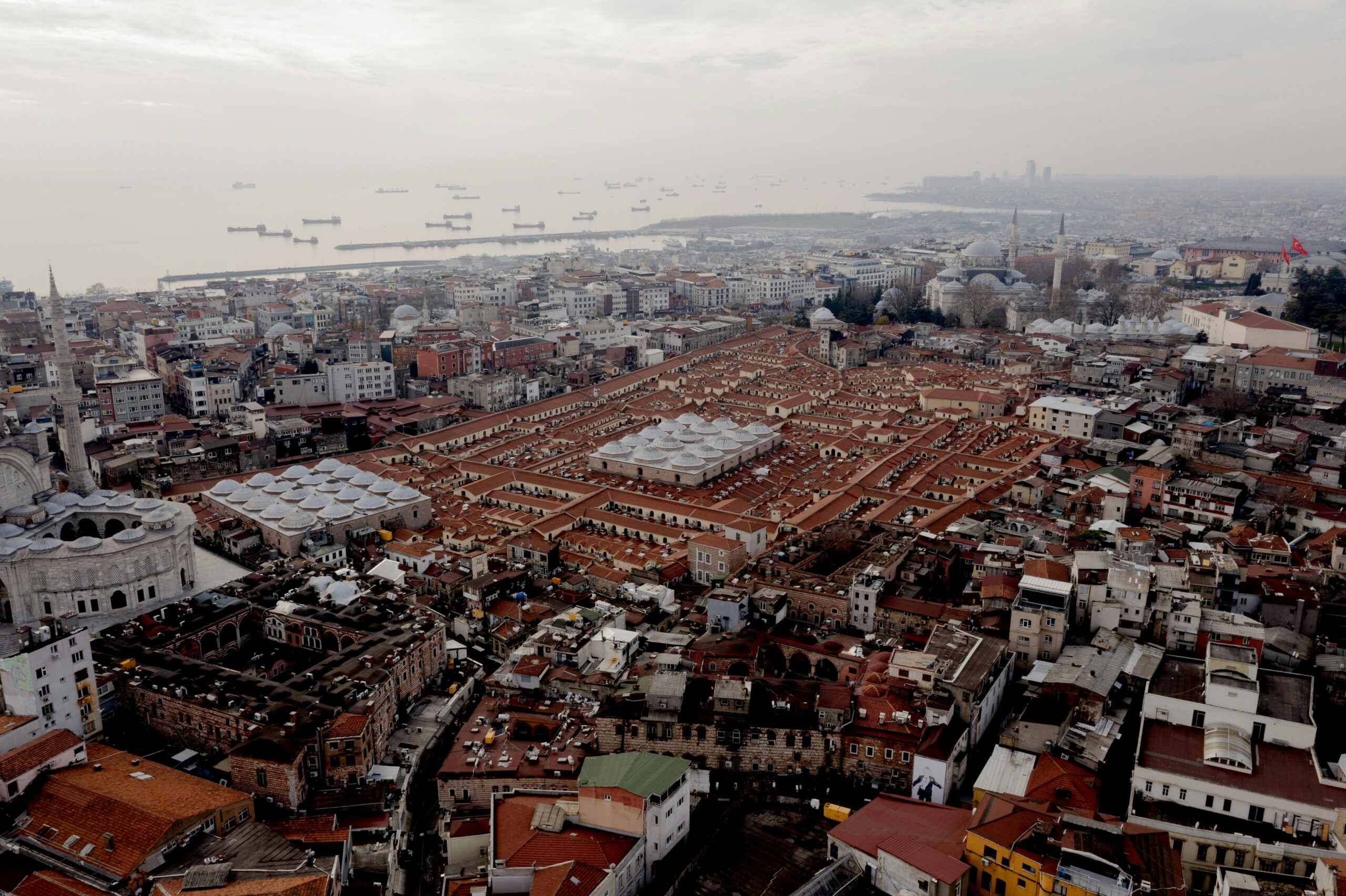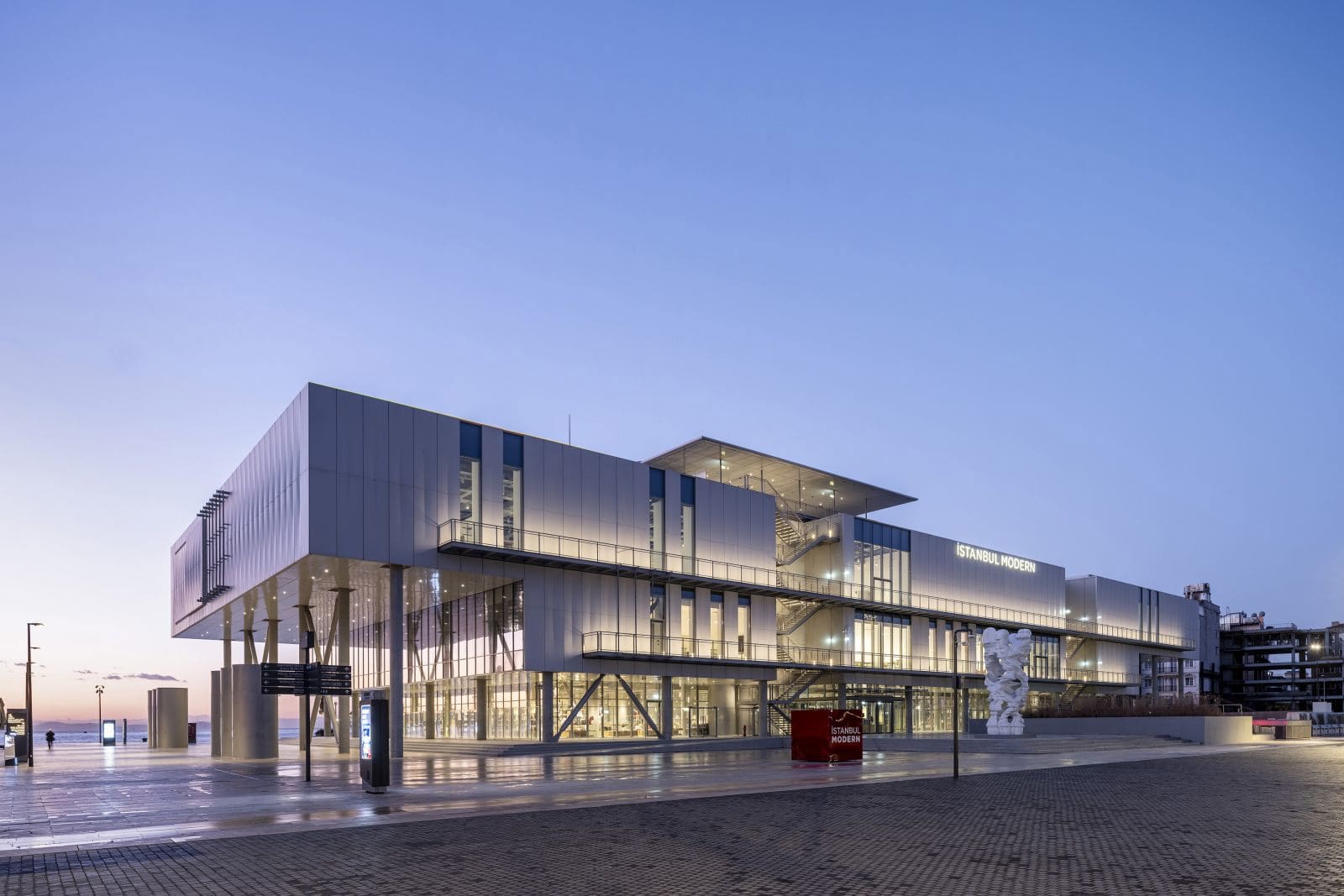- Home
- Articles
- Architectural Portfolio
- Architectral Presentation
- Inspirational Stories
- Architecture News
- Visualization
- BIM Industry
- Facade Design
- Parametric Design
- Career
- Landscape Architecture
- Construction
- Artificial Intelligence
- Sketching
- Design Softwares
- Diagrams
- Writing
- Architectural Tips
- Sustainability
- Courses
- Concept
- Technology
- History & Heritage
- Future of Architecture
- Guides & How-To
- Art & Culture
- Projects
- Interior Design
- Competitions
- Jobs
- Store
- Tools
- More
- Home
- Articles
- Architectural Portfolio
- Architectral Presentation
- Inspirational Stories
- Architecture News
- Visualization
- BIM Industry
- Facade Design
- Parametric Design
- Career
- Landscape Architecture
- Construction
- Artificial Intelligence
- Sketching
- Design Softwares
- Diagrams
- Writing
- Architectural Tips
- Sustainability
- Courses
- Concept
- Technology
- History & Heritage
- Future of Architecture
- Guides & How-To
- Art & Culture
- Projects
- Interior Design
- Competitions
- Jobs
- Store
- Tools
- More
Istanbul: A Living Museum of Architecture
Istanbul is a city where East meets West, offering a rich architectural tapestry spanning Byzantine, Ottoman, and modern eras. Explore iconic landmarks like Hagia Sophia, the Blue Mosque, and the Theodosian Walls, stroll through historic neighborhoods like Balat and Galata, and experience contemporary spaces like SALT Galata and Istanbul Modern, all while enjoying the city’s unique blend of history, culture, and modern design.

Istanbul, which has been one of the important locations of the Roman, Byzantine and Ottoman Empires throughout history and is famous for its unique Bosphorus, is an amazing travel destination for architects. Istanbul is a cultural and architectural transition point between East and West, and it has historical districts and buildings that have been well preserved to this day. The city offers a magnificent architectural experience with bridges connecting the European and Asian continents, stupendous Bosphorus tours with ferry, and dozens of museums and palaces where you can catch the traces of cultural heritage such as Topkapi Palace, Dolmabahce Palace and Archaelogy Museum. In this article, we will see the layered history of city from the perspective of architecture, heritages of Byzantine and Ottoman and the contemporary touches on this city, where the legacy of civilizations lives on.
Table of Contents
ToggleByzantine Heritage
Hagia Sophia
Hagia Sophia built by Byzantine Emperor Justinian I in 537 in one of the most important location in Constantinople (the old name of the city). At this time, it was the largest cathedral in the world and it serves as the religious center of the Eastern Roman Empire for centuries. Hagia Sophia has a giant dome (31 meters in diameter and 55 meters high) was an engineering marvel of its time. This gorgeous dome known as “dome suspended from sky”.

There are magnificant mosaics on walls and ceilings of the building such as Gilded Byzantine mosaics that are unique in both religious and artistic terms. With meaningful mosaics and sacred features, Hagia Sophia combines the architectural heritage of Byzantium and the Ottoman Empire, Christianity and Islam at the same time. The cathedral became a mosque after the Ottoman conquest of Istanbul, then it was converted into a museum in 1935, and it began to be used as a mosque again in 2020.
Theodosian Walls
The Theodosian Walls, built in the 5th century during Emperor Theodosius II’s reign, protected Byzantine Constantinople for over a thousand years. This impressive triple-wall system, complete with towers and a moat, showcases the engineering brilliance of the era. Today, visitors can explore parts of the walls and imagine the city’s historic defenses. The walls which collapsed in partial over time, have been restored and today they stand in their best condition.

Ottoman Grandeur
Süleymaniye Mosque
Mimar Sinan, the chief Ottoman architect of the 16th century built several architectural works in Istanbul and its surroundings. Süleymaniye Mosque is one of the most important work of legendary architect Sinan. The mosque is an iconic landmark in the city with its grand domes, slender minarets, and harmonious proportions reflect the pinnacle of Ottoman architectural mastery.
Blue Mosque
The Blue Mosque, located opposite Hagia Sophia is famous for its beautiful İznik tiles and six elegant minarets, remains an active place of worship and a major tourist attraction. Its interior glows with natural light that highlights intricate calligraphy and tilework.

Topkapi Palace
Topkapi Palace, the residence of Ottoman sultans for centuries offers a fascinating perspective into imperial life and spatial organization of the palace from exterior to interior spaces. Visitors can explore its opulent courtyards, ornate chambers, and priceless collections of treasures and manuscripts. You can find Hagia Sophia, Topkapi Palace and Blue Mosque in the same district to discover the most important heritages of Istanbul.
Grand Bazaar
The Grand Bazaar which has none of the same example in the world with large and one of the oldest markets, is a bustling center of commerce and culture. Its maze of streets is filled with shops selling jewelry, textiles, spices, and souvenirs, reflecting centuries of trade tradition. Tourist can easily find most precious jewelry and textiles and most delicious spices and desserts at the same bazaar.

Timeless Streets & Hidden Gems
There are timeless streets, historical neighborhoods and hidden gems in the both sides of Istanbul. For example, Balat is a neighborhood that has colorful historic houses, narrow streets, Byzantine and Ottoman traces, Üsküdar and Kuzguncuk streets with Bosphorus views, small mosques, historic squares, wooden houses, art galleries, local cafes. Besides, Galata Tower is the most iconic landmark of the city which also known for Genoese Tower. You can find it in Galata discrict with cobbled streets, boutique shops and historic architecture mixed with modern cafes.

Istanbul offers pedestrian-friendly travel guides for tourists in general. Visitors can explore the most popular neighborhoods on foot, take a break at local restaurants and cafés during the day, shop at small gift shops and local stores, and take photographs of interesting street art and graffiti

Modern Istanbul: Contemporary Architecture
In recent years, Istanbul has seen a rise in contemporary architecture blending modern buildings and historic elements. Cultural centers such as SALT Galata and Istanbul Modern Museum by Renzo Piano Architecture, they show innovative architectural spaces in the historical peninsula and at the critical point of Bosphorus. In this city, architects often integrate glass, steel, and open public spaces to create light-filled and functional buildings.
- architectural museum Istanbul
- architecture enthusiasts Istanbul
- architecture walk Istanbul
- Byzantine architecture Istanbul
- famous buildings in Istanbul
- guided architecture tours Istanbul
- historical buildings in Istanbul
- Istanbul architectural history
- Istanbul architectural landmarks
- Istanbul architectural styles
- Istanbul architecture photography
- Istanbul architecture tours
- Istanbul cityscape
- Istanbul cultural heritage
- Istanbul modern architecture
- Istanbul palaces
- Istanbul skylines
- mosques in Istanbul
- Ottoman architecture Istanbul
- traditional Istanbul architecture
Submit your architectural projects
Follow these steps for submission your project. Submission FormLatest Posts
Top Architectural Wonders You Must See on Your Next Vacation for an Unforgettable Journey
Discover breathtaking architectural wonders across history and innovation on your next vacation....
Discover 10 Mosques in the Arabian Peninsula: Architectural Wonders and Spiritual Heritage
Discover the allure of the Arabian Peninsula through ten remarkable mosques that...
The Best Places to Travel in 2025: Top Destinations for Unforgettable Adventures
Discover the top travel destinations for 2025, from iconic hotspots like Kyoto...
Unforgettable Architectural Tours for Your Next Trip: Explore Iconic Landmarks and Hidden Gems
Discover unforgettable architectural tours for your next trip, from ancient temples to...












Leave a comment